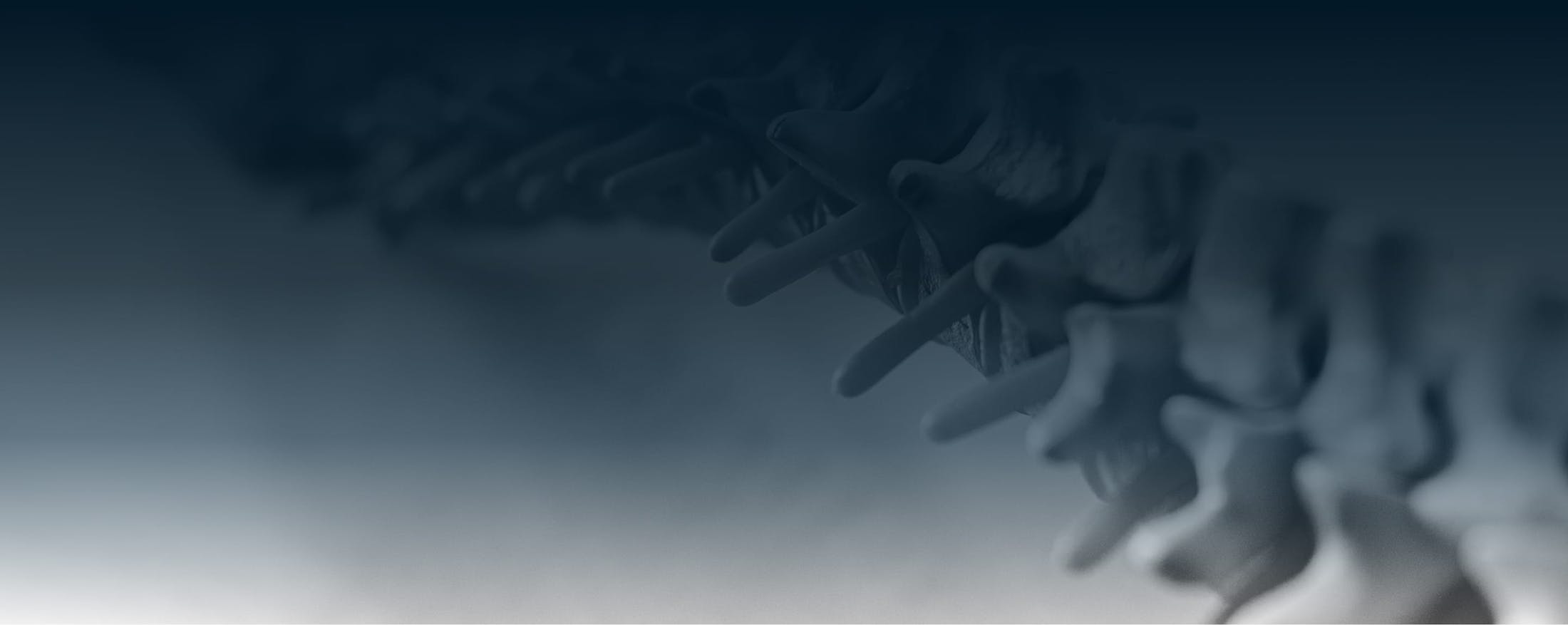Dr. Jonathan Stieber is one of the top spine surgeons in New York. He is a board-certified, fellowship-trained orthopedic surgeon with fifteen years of experience in spine surgery and pain management. Because he is skilled in current pain management techniques, he has earned global recognition as a leading orthopedic specialist, lecturer, instructor, and published author.
Dr. Stieber serves as a Director of the Spine Center at OrthoManhattan and an Associate Professor of Orthopedic Surgery at NYU School of Medicine.
Because of his results, expertise and patient satisfaction, Dr. Stieber has been named a New York Magazine Best Doctor for 2021 and Castle Connolly Top Doctor for 2022.
At Dr. Stieber's Advanced Back and Spine Care, our focus is patient safety and comfort when advising on at-home pain management. Dr. Stieber has hand-selected top providers in the field who specialize in pain management treatment to help you with any treatment options necessary. Contact us today to learn more about how Dr. Stieber and his team can help you manage your pain at home.



